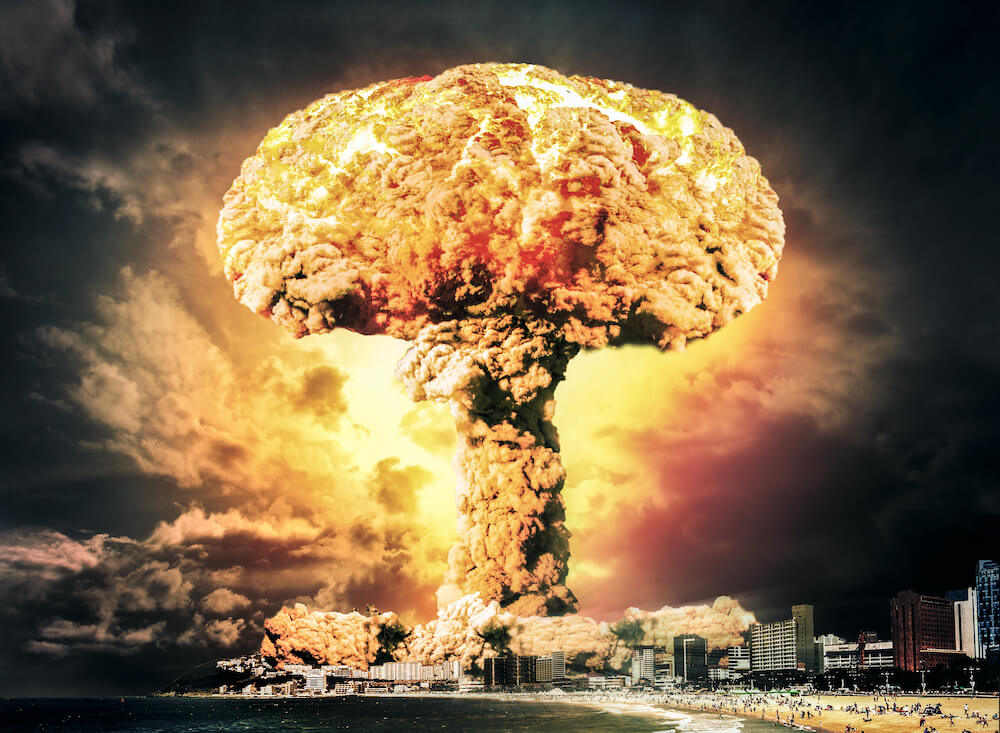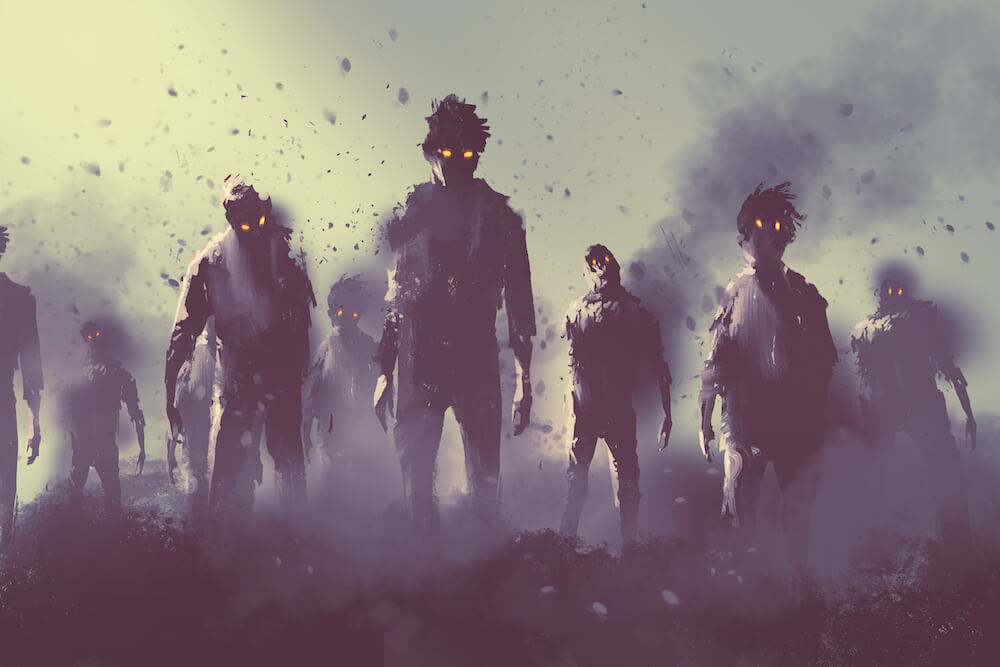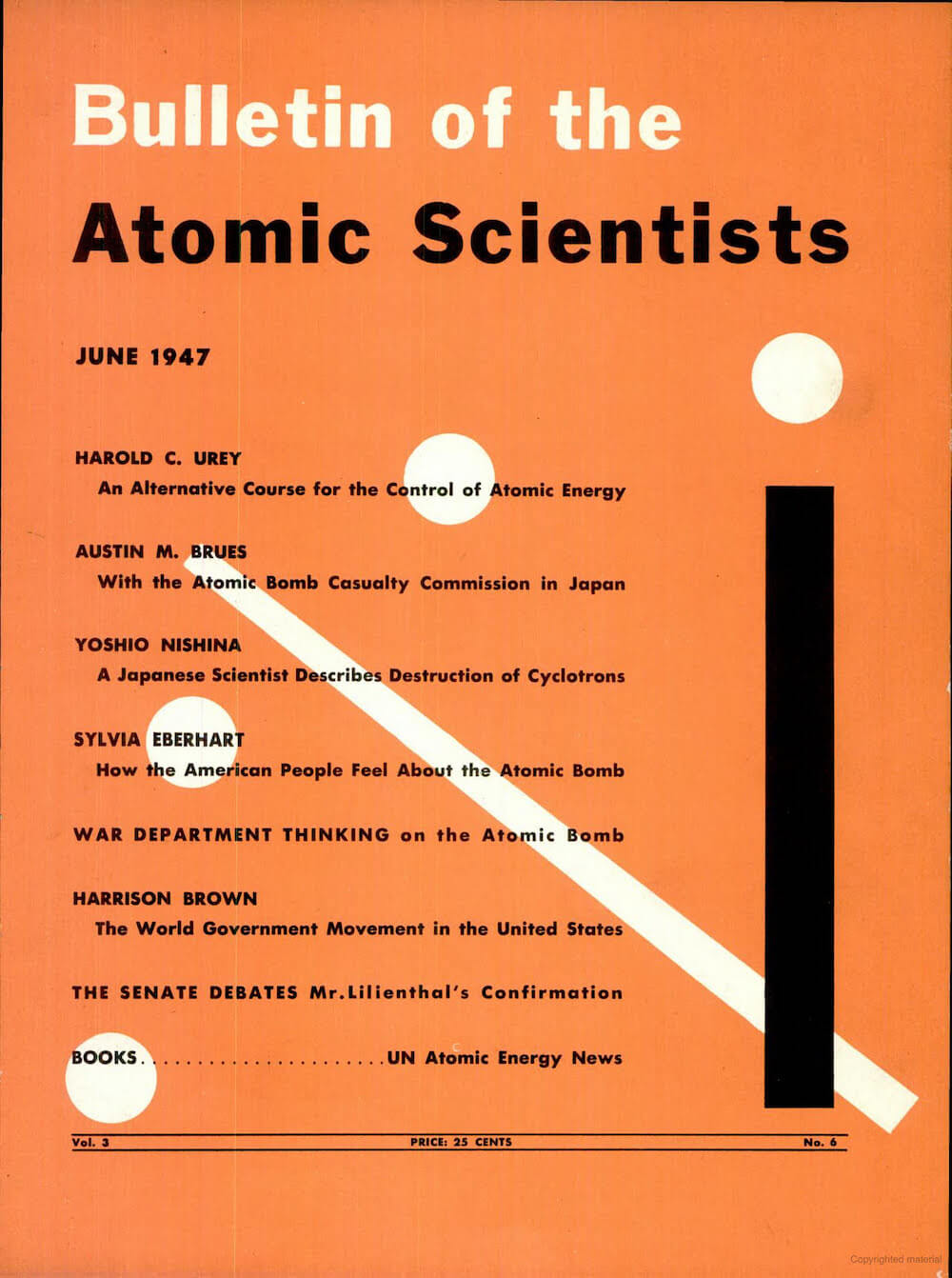Legacy of the Cold War: how close are we to a nuclear apocalypse?
Although we might not think about it every day, we have lived the past 75 years in the shadow of a possible nuclear war. Let’s find out how it came to this and whether the threat is real.

Minutes to midnight: the Doomsday clock
Have you ever thought about the world’s end? Most likely, you have, given how popular the “zombie apocalypse” genre has been in movies and games lately. However, you probably agree that zombies are not the greatest danger we face.

In 2015, Swedish and English scientists teamed up to assess the probability of humanity going extinct soon. There are many unknowns to these calculations, and the prediction of the civilization’s downfall usually goes down to approximate percentages. Moreover, there are things we cannot foresee at all: for example, an alien invasion or a gamma-ray burst from a nearby star.
Still, the scientists outlined 12 major risks to our species: from a global pandemic (did they know something back in 2015?) to climate change and a super-intelligent AI. And yet, they also included another danger that fed humanity’s nightmares for a better part of the past century: a nuclear war.
According to their report, there is approximately a 5% chance that we will wipe ourselves out with nuclear bombs in the next 100 years or so. And we have all the power to eradicate all life on Earth many times over: according to the most recent intelligence, there are about 3500 active nuclear warheads in the world. 1500 more are retired and waiting to be dismantled.
Turns out, they are not the first ones to sound the alarm. In 1947, the Bulletin of the Atomic Scientists (published by those who had taken part in making the first atomic bomb) created a powerful metaphor that has lived in our minds ever since.

The midnight on this “Doomsday clock” represents the probability of a global catastrophe. The original 1947 setting was seven minutes before midnight, but it quickly went up. For example, in 1962, during the Cuban missile crisis (which we’ll talk about soon), the clock was on two minutes before midnight.
Overall, the clock has been moved 24 times since 1947: sixteen times forward and eight times backward. So what is the current setting? Have we come closer to destroying Earth than at the height of the Cold War? Read on to find out!
So, how can a war be cold?
So, what on Earth made us amass that many nuclear weapons in the first place? To understand that, let’s explore the historical setting: the Cold War.
The Cold War was a period in global politics that followed World War Two and defined people’s lives for almost 50 years. It shaped many of the things we know and love today: from technology and space conquest to music, sports, and spy movies. WWII broke out in 1939 when Nazi Germany invaded Poland—the UK and France stepped in to defend it. At first, Germany signed a treaty of neutrality with the Soviet Union (also called the USSR)—the two powers partitioned and annexed much of Europe between them. However, in June 1941, Germany attacked their former Soviet friends, prompting them to change sides. The USA stayed out of it until the surprise raid on their naval base at Pearl Harbor, conducted by Japan, Germany’s ally, in December 1941.
By 1945, the armies of the USSR, the USA, and their Allies were pressing Germany from both sides. Finally, in April, American and Soviet troops met at the Elbe River, south of Berlin.
